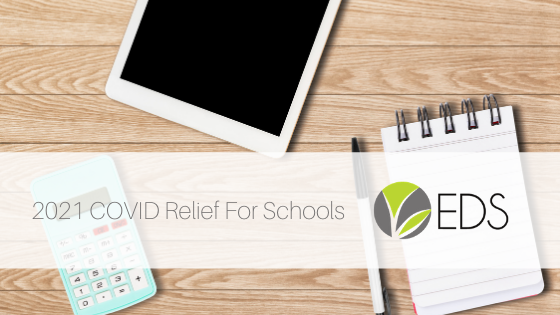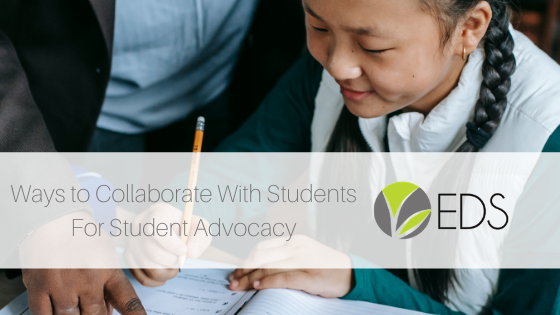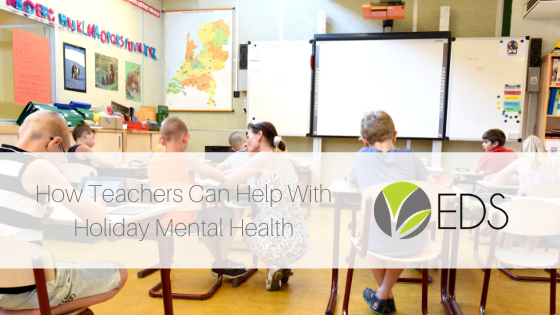Anyone who deals with the winter blues is most likely welcoming the warm spring weather, blooming trees, and hum of bees with welcome arms. Springtime weather is a great time to bond with your family in special ways, and also brings fun new projects in the classroom. Let’s take a look at some springtime activities perfect for both the family and classroom.
For the family
- Take a nature walk.
Notice all the blooming flowers and trees. You can make it fun by looking out for specific flora, such as daffodils, or look out for butterflies and baby birds.
- Start a planter garden.
It’s a fun family activity to watch the process of a plant grow–plus if you plant fruits or veggies you can taste the fruits of your labor!
- Make homemade ice cream.
Nothing welcomes warm weather better than ice cream! This is a great way to introduce your children to cooking and how it works.
- Go camping.
After the last year of COVID, being in nature for a few days could be a nice way to get away from the house and normal chaos of life.
- Collect and paint rocks.
This could be both a science lesson and fun art activity. Collect rocks and try to get your children to guess what kind of rocks they are. Then paint the standard rocks you find for some creative fun!
- Head over to the playground.
Playgrounds are the classic “get out of the house” adventure during warm weather.
- Put together an outdoor scavenger hunt.
This is a creative way to explore your backyard and see parts you never thought of!
- Stargaze and learn about space.
Space is both fascinating and relaxing. This is something you could also do while camping–get away from the light pollution and truly see the stars!
- Bake some festive cupcakes.
Play with colors! Use pink, yellow, or lavender frosting and dress it up with colorful sprinkles.
- Make your own bird feeder and observe birds in your area.
Believe it or not, birds are entertaining to watch once you notice their routines and habits. Plus you’d be surprised how many different breeds are living in your area!
For the classroom
- Learning about stormy spring weather and how it works.
If there’s one thing that spring guarantees is stormy weather. Take advantage of a rainy day to talk about weather cycles.
- Studying the butterfly life cycle.
Butterflies are one of the many fun and beautiful parts of spring, and their life cycle is an easy and basic start into science lessons.
- Color-changing carnations activity to show how roots work.
This is an exciting and creative way to teach your students about roots and other plant action. Plus it’s fun to watch the carnations change color!
- Learn about the rainforest!
Explore all the animals common to rainforest and the different layers that the rain forest has.
- Have fun with words with spring-themed word searches.
You could tie any of the other activities into this word search as well. For example, have a Cinco de Mayo or Mother’s Day word search. Poetry could also be a great option for some creative lessons with words.
- Craft some fun Cinco de Mayo themed projects.
Cinco de Mayo is the perfect time to make sure your students are educated on other cultures and ethnicities. Take advantage of the colorful themes of the holiday for some engaging crafts.
- Don’t forget Mother’s Day projects!
Cute crafts will surely warm the hearts of the mothers of your students. Plus it’s a great opportunity to teach your students about feelings, gratitude, and more.
- Learn about worms and what goes on under the soil.
Whether you think worms are gross or cool, it’s fascinating to see the intricate tunnels and systems that worms create under our feet.
- Study seed germination to further understand how plants grow!
This is another way to teach your students the process of plant growth and how it works.
- Have a lesson specifically about space!
Like we’ve said, space has so much to study that you’re bound to find dozens of fun and interesting lessons.
Final Thoughts
We hope you found some inspiration for some activities to do this spring. Let us know what else you have planned this spring!










